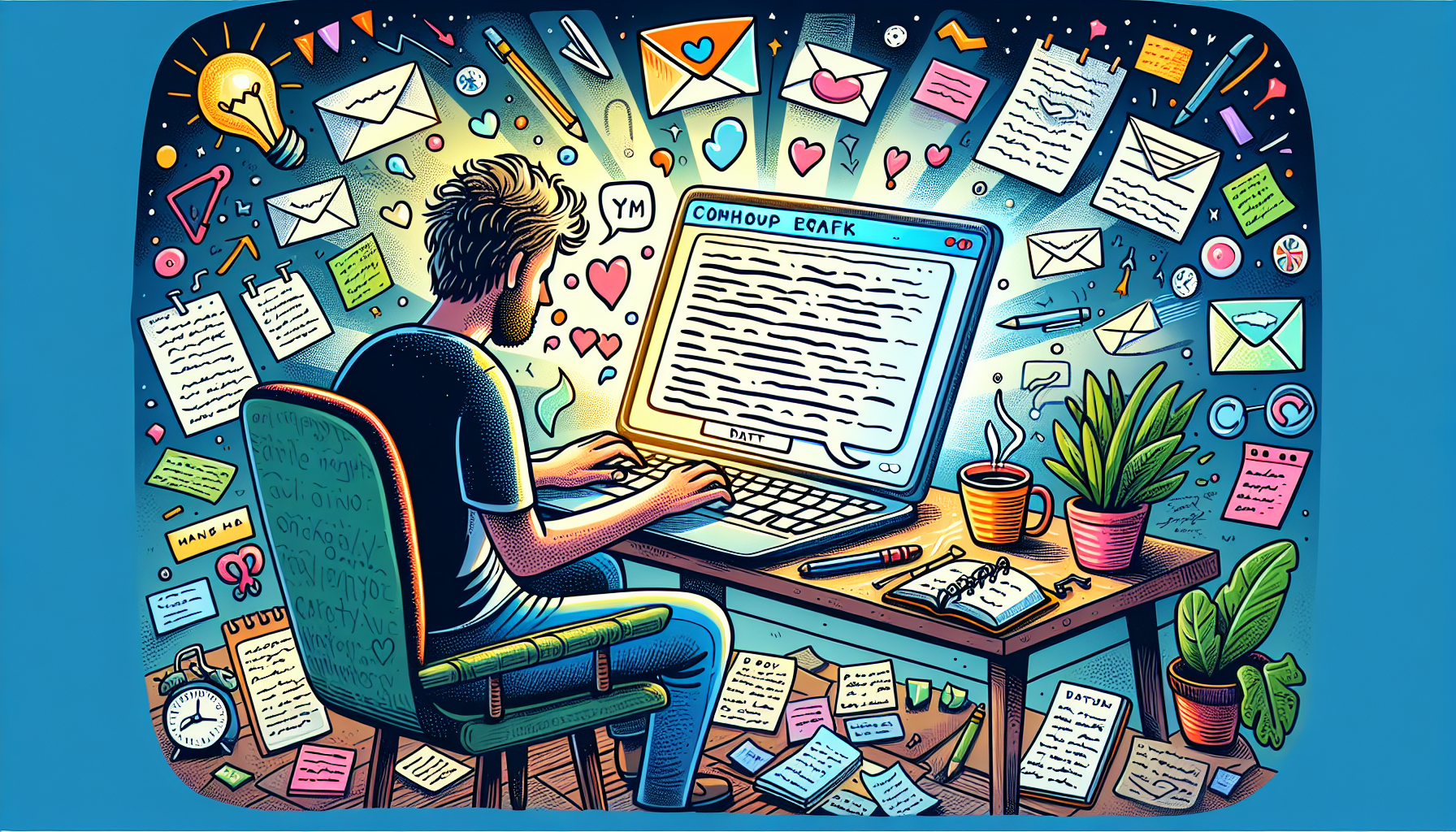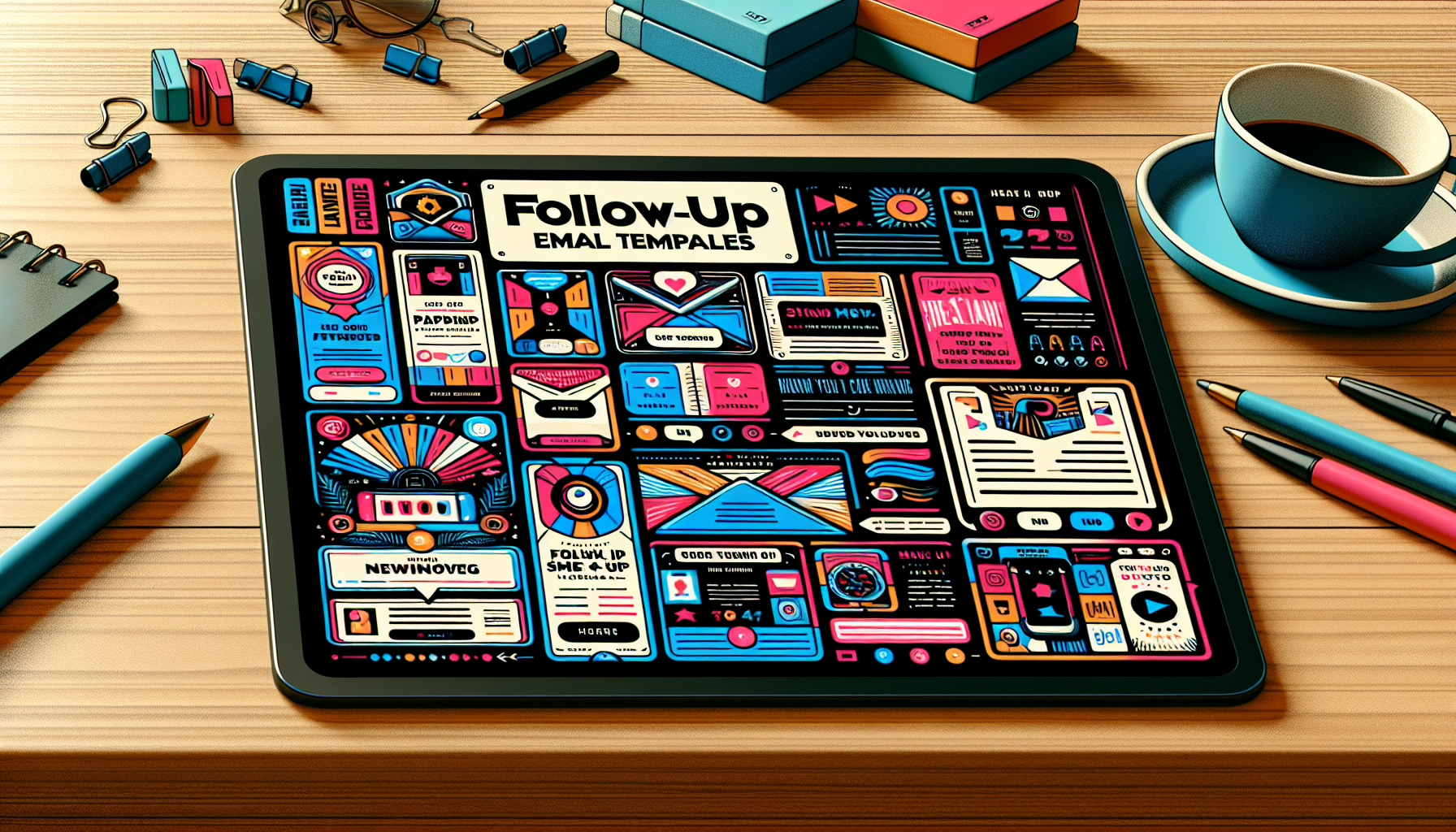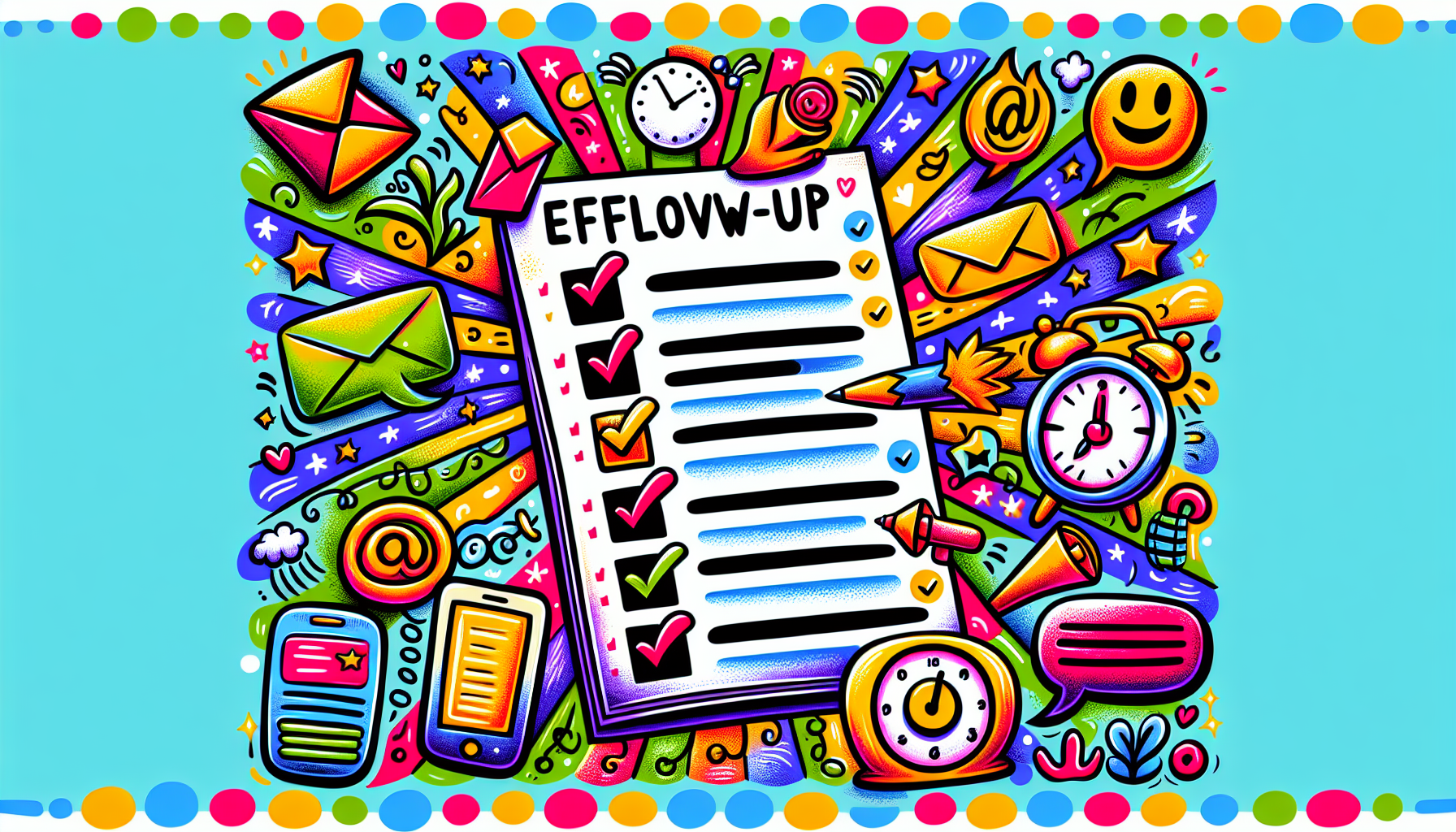Need to know how to send a follow up email after application? This guide offers quick and effective tips, along with sample templates, to help you make a great impression.
Key Takeaways
-
Timing matters: Wait at least one week before your first follow-up, and if needed, send a second follow-up after another one to two weeks to show your interest.
-
Craft a clear and professional follow-up email that thanks the employer, expresses excitement for the role, and highlights your qualifications.
-
Choose email over phone calls for follow-ups to minimize miscommunication, unless the company culture suggests otherwise—always maintain a polite and professional tone.
Timing Your Follow-Up Correctly
Timing is vital when following up on a job application. Typically, waiting at least one week before sending a follow-up email is advisable. This respectful waiting period avoids appearing desperate and shows consideration for the hiring manager’s time. Patience plays a crucial role in this process.
It is also important to revisit the job posting for specific instructions or deadlines about communication and application status. This ensures you follow any guidelines provided by the employer, improving your chances of securing the position.
If there’s no response after your initial follow-up, sending a second message after another week or two is acceptable. This shows genuine interest without being overbearing.
Following up is encouraged, especially if there’s no confirmation within two weeks. With timing in place, it’s time to craft the perfect follow-up email.
Crafting the Perfect Follow-Up Email

Creating a follow-up email involves blending professionalism, conciseness, and genuine interest. The email should maintain a polite tone and express enthusiasm for the role. Accuracy in the hiring manager’s name and error-free content are crucial.
Here’s a breakdown of the key components of an ideal follow-up email.
Subject Line Tips
The subject line of your job application follow up email should be clear and concise, immediately signaling the email’s purpose to the hiring manager. Examples like “Follow-Up on [Job Title] Application” or “Checking in on [Job Title] Application Status” can effectively convey your message.
A clear subject line also helps prevent your email from being filtered as spam and ensures quick recognition of its purpose by the hiring manager, increasing the chances of it being read. The goal is to make your reason for reaching out immediately apparent.
Body Content Essentials
In the body of your follow-up email, begin by thanking the employer for considering your application. Express excitement about the opportunity and re-emphasize your qualifications, reminding the hiring manager why you’re a great fit.
It's important to obtain the hiring manager's contact details to inquire about the application status and express your continued interest in the position.
Ask for updates on the hiring timeline or application status. Tailor your message with specifics from your research, demonstrating that you’ve done your homework and are genuinely interested in the position.
Closing Your Email
End your follow-up email with a polite, professional sign-off. Thank the hiring manager for their time and consideration, using phrases like “Kind regards” or “Best regards” to maintain professionalism.
Include your contact details at the end. Ensure your name, direct email address, and phone number are in your email signature for easy contact.
Having crafted a perfect email, it’s time to consider when to choose between email and phone calls for your follow-up.
Choosing Between Email and Phone Calls
Choosing between email and phone calls for your follow-up depends on factors like the company’s communication style and your comfort level. Generally, email is recommended as it allows for thoughtful responses and minimizes miscommunication risks. Hiring managers often skim through numerous applications, so a concise follow-up email can grab their attention effectively.
Phone calls may be less effective if they catch the hiring manager at a busy time, leading to vague responses. However, they can also demonstrate enthusiasm and set you apart. If calling, introduce yourself clearly and mention the position to facilitate smooth conversation.
Ultimately, the best method depends on the situation and company culture. When in doubt, starting with an email follow-up is usually a safe bet.
Next, focus on highlighting your qualifications in your follow-up communication.
Highlighting Your Qualifications

In your follow-up, reinforce your qualifications by focusing on specific skills and achievements that match the job’s requirements. This highlights your suitability and shows attention to the job description.
Personalizing your follow-up enhances engagement. Mentioning specific aspects of the job or company that excite you demonstrates genuine interest and helps the hiring manager see you as a great match for their team.
Here are some sample templates to help structure your follow-up communication effectively.
Sample Follow-Up Templates

Templates are useful for structuring follow-up communication, but personalizing them to reflect genuine interest and unique qualifications is essential. Here are different templates for various follow-up stages.
We’ll begin with the initial follow-up email.
Initial Follow-Up Email Template
An initial follow-up email should have a clear subject line, express gratitude, request an update on the hiring process, and include your contact details.
It is important to find the contact information on the job board or the company’s website to ensure your follow-up reaches the right person.
Here’s a sample template to guide you:
Subject: Follow-Up on Job Applications for [Job Title]
Dear hiring manager’s name,
I hope this message finds you well. I wanted to follow up on my application for the [Job Title] position submitted on [Date] in response to the job ad. I am very excited about the opportunity to join [Company Name] and bring my skills in [Relevant Skills] to your team.
Could you please confirm if my application has been received and provide any updates on the hiring process? I appreciate your time. Thank you for considering my request.
Best regards, [Your Name] [Your Email Address] [Your Phone Number]
Second Follow-Up Email Template
If you haven’t received a response after your initial follow-up, it’s appropriate to send a second follow-up email after another two weeks. This email should reiterate your continued interest and politely request an update.
Here’s a sample template:
Subject: Second Follow-Up on [Job Title] Application
Dear [Hiring Manager’s Name],
I hope you are doing well. I’m reaching out to connect with you. I am writing to follow up on my previous email regarding my application for the [Job Title] position. I remain very interested in the opportunity to join [Company Name] and contribute to your team.
Could you kindly provide an update on the status of my application? Thank you for your time. I appreciate your consideration.
Kind regards, [Your Name] [Your Email Address] [Your Phone Number]
Follow-Up Phone Call Script
If following up with a phone call, maintain a professional tone and prepare a concise script. Here’s an example:
Hi, this is [Your Name]. I recently applied for the [Job Title] position at [Company Name] and wanted to follow up on my application status. I am very excited about the opportunity and believe my skills in [Relevant Skills] would be a great match for your team. Could you please provide an update on my application? I appreciate your time. Thank you.
Express appreciation for their time and avoid being too pushy. Here are additional tips to make your follow-ups more effective.
Additional Tips for Effective Follow-Ups

Following up on a job application shows genuine interest and can distinguish you from other candidates. Maintain a professional and polite tone throughout the process. Using tools to manage and set reminders for follow-ups can help you stay organized.
When making a follow-up call, introduce yourself and mention the position to establish context. A friendly and professional tone can leave a positive impression. Avoid in-person follow-ups in the early stages, as they can be perceived as intrusive.
Employers value candidates who show initiative. Professional and courteous follow-ups are highly appreciated and can set you apart by demonstrating enthusiasm for the job. Now, let’s look at common mistakes to avoid.
Common Mistakes to Avoid
A common mistake in follow-ups is reaching out too soon, which can seem aggressive and hurt your application prospects. As a rule, wait the recommended time before following up to avoid appearing pushy.
Using informal language or a casual tone in your follow-up email undermines professionalism. Always proofread to avoid errors. Avoid making demands or pressuring the hiring manager for a response, as this can be off-putting.
Let’s wrap up with a summary of the key points.
Summary
In summary, following up on a job application is a critical step in the job search process. Timing your follow-up correctly, crafting a professional and concise email, and choosing the right communication method are essential for making a positive impression. Highlighting your qualifications and personalizing your follow-up can set you apart from other candidates.
Remember to avoid common mistakes, such as reaching out too soon or using informal language. By following these best practices and utilizing the provided templates, you can increase your chances of landing that coveted job interview. Stay positive and persistent, and good luck!
Frequently Asked Questions
When should I send a follow-up email after applying for a job?
You should send a follow-up email at least one to two weeks after applying for a job. This shows your enthusiasm while allowing them enough time to review applications.
What should I include in the subject line of my follow-up email?
For your follow-up email, use a clear and concise subject line like "Follow-Up on [Job Title] Application." This approach shows professionalism and makes it easy for the recipient to identify the purpose of your message.
Is it better to follow up via email or phone call?
Following up via email is often the best choice, as it provides space for clear and thoughtful communication. Embrace this method to enhance understanding and effectiveness in your outreach!
How can I highlight my qualifications in a follow-up email?
Highlight your qualifications by emphasizing key skills and accomplishments that align with the job requirements while clearly expressing your enthusiasm for the role. This approach will reinforce your suitability and make a positive impression.
What common mistakes should I avoid in my follow-up?
To ensure your follow-up is effective, avoid reaching out too soon and using informal language. Always proofread your message to present professionalism and make a strong impression!








